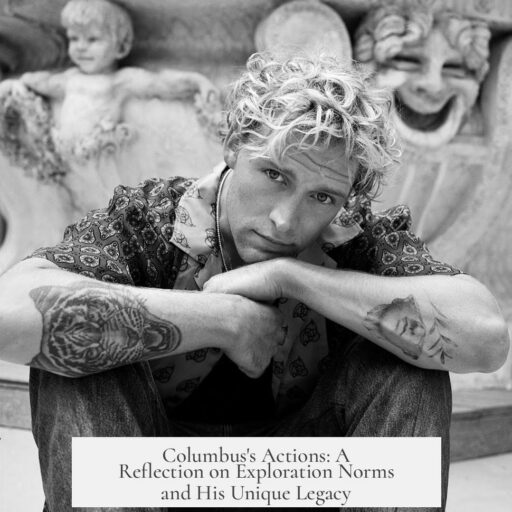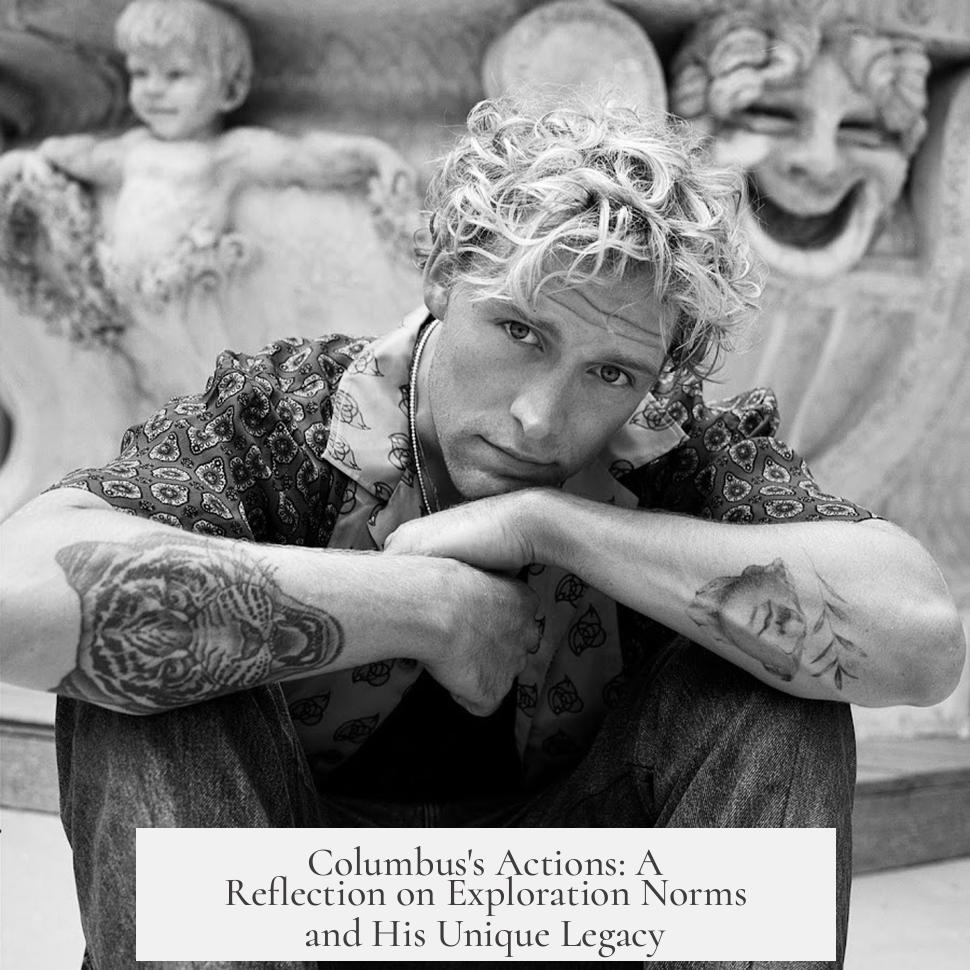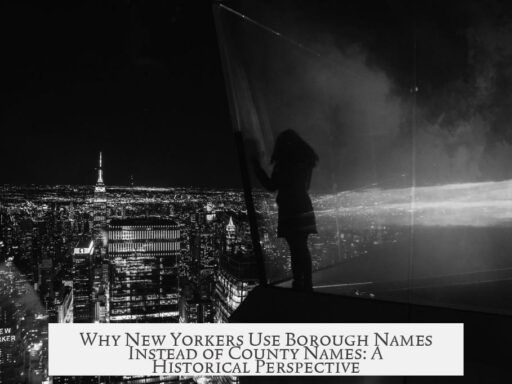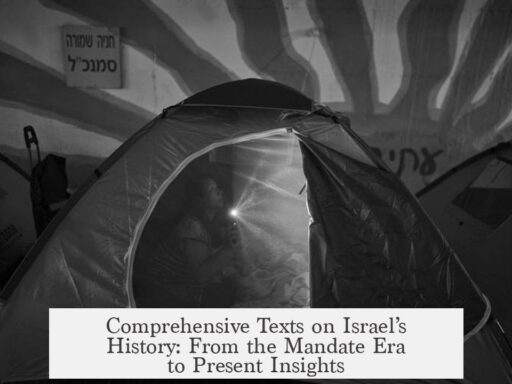Christopher Columbus’s actions, including violence and enslavement, reflected common practices of European explorers in his time rather than uniquely evil behavior. His conduct mirrored established patterns set by Portuguese, Castilian, and Aragonese predecessors, who used conquest, forced labor, and raids to secure wealth and power in newly encountered lands.

Before Columbus’s arrival in the Americas, European powers had already embarked on explorations along the Atlantic coasts. The Portuguese and Castilians actively explored, settled, and exploited Atlantic islands like the Canaries and parts of Africa. These earlier expeditions established a template for conquest and economic exploitation involving enslavement, forced tribute, and violent suppression of indigenous resistance.
The Castilians’ conquest of the Canaries during the 1400s illustrates this model clearly. They waged privately financed campaigns to seize populated islands, imposing vassalage on the local people and enslaving those who resisted. Forced labor and tribute systems became central to sustaining these colonial enterprises. Meanwhile, the Portuguese had a similar approach along the African coast, initially conducting slave raids but later establishing trading posts and diplomatic relations. These overlapping colonial traditions shaped the framework within which Columbus operated.

Columbus intended to emulate the Portuguese approach by establishing trading posts, or factories, in the Caribbean. His plan was to maintain a small European resident population extracting profitable goods, as was common in Africa and Asia. However, the Caribbean islands offered limited commodities desired by Europeans at that time. Hispaniola lacked significant gold or natural products, forcing Columbus and his men to shift strategies.
In seeking profits, Columbus resorted to raids on indigenous communities for gold and captives. This shift to raiding and enslaving native peoples aligned with existing Atlantic colonial practices. Captured individuals were sold into slavery to fuel plantation economies, a trade that had a ready market in European markets already accustomed to African slavery.

- Columbus’s raids mirrored Castilian tactics used in the Canaries.
- Portuguese patterns of slave-taking and trade in Africa influenced similar practices in the Caribbean.
- By the 1520s, Hispaniola’s economy heavily relied on sugar plantations and mining supported by enslaved Native Americans and Africans.
While Columbus’s violence drew criticism and led to his arrest, it was not a reflection of unparalleled cruelty but rather a political move by the Spanish crown. His broad authority angered other colonial officials and clergy, who reported his harsh treatment of indigenous people. These complaints provided a convenient justification for the Spanish monarchy to revoke his powers and tighten royal control over the colony.
This political power struggle often overshadows the broader fact that Columbus’s actions fit a well-established pattern of conquest, oppression, and exploitation by European empires of the period. His governance abuses became targets precisely because they threatened central authority, not because his actions were morally exceptional in the brutal context of colonial expansion.

Later European colonial powers employed similar methods. English colonies in North America demonstrate comparable trajectories of violence and enslavement toward indigenous populations. Conflicts such as the Anglo-Powhatan Wars (1610-1646), Pequot War (1630s), and King Philip’s War (1670s) resulted in conquest, displacement, and enslavement, paralleling Spanish models.
| Aspect | Columbus’s Actions | Contemporary European Practices |
|---|---|---|
| Conquest and Violence | Raids, enslavement, forced tribute | Castilian Canaries conquest, Portuguese African slave raids |
| Economic Model | Trading posts/plantations; shift to slave labor economy | Portuguese factories in Africa; plantation economies |
| Political Accountability | Arrest due to harsh governance, power struggles | Similar royal interventions in colonial misrule elsewhere |
The historical evidence suggests Columbus acted according to the norms of imperial expansion during the Age of Discovery. The violent means to secure labor and wealth were widespread and institutionalized within European colonial cultures. His excesses were not uniquely evil but part of accepted—and often brutal—methods to achieve conquest and economic dominance.

- Columbus’s violent and exploitative practices were consistent with Portuguese and Castilian precedents.
- His plan to establish trading posts failed due to lack of valued commodities, shifting to raids and enslavement.
- His arrest stemmed from political motives amid struggles for control, not uniquely moral concerns.
- Later colonial powers repeated similar patterns of violence and enslavement.
- Columbus was operating within a normative framework of conquest, not as a uniquely evil figure.
Did Christopher Columbus Do All That Bad Stuff Because That’s What Any Other Explorer Would Have Done at the Time, or Was He Uniquely Evil?
Columbus’s actions, while severe and brutal, reflected common European practices during his era rather than an unmatched cruelty unique to him. His ventures followed a model set by earlier Portuguese and Castilian explorers, including conquest, enslavement, and mercantile exploitation. Still, hold on as we unpack this with some historical seasoning.

So, was Columbus a villain in a vacuum? Not quite. The brutal ways of conquest and exploitation he employed had precedents and contemporaries. Modern judgment often paints him as uniquely evil, but history suggests a more complex portrait. Was he a product of his time or an exception? Let’s explore.
Before Columbus: Setting the Scene for Atlantic Exploration
Christopher Columbus wasn’t the first European to throw his sails across the Atlantic. Long before 1492, the Portuguese and Castilians had been actively exploring and expanding their horizons. The Portuguese were busy establishing trading posts along the African coastline, learning the ropes of overseas expansion through a mix of diplomacy and force. Castilians were busy conquering the Canary Islands in the 1400s with privately funded campaigns that involved forcibly turning locals into vassals, enslaving those who resisted, and imposing tribute and coerced labor.
These Atlantic expansion models heavily influenced Columbus. It wasn’t a brand-new blueprint he manufactured; rather, he stepped into a pre-existing tradition of conquest, exploitation, and colonial ambition.
Columbus’s Original Game Plan: Trading Posts, Not Empires of Terror
When Columbus set off, his goal wasn’t outright conquest or genocide—at least, not initially. He intended to emulate the Portuguese strategy of setting up factories (not the smokestack kind, but trading posts) that housed small European populations. His hope? To find lucrative goods like gold, ivory, spices, or silk, just as the Portuguese found riches along Africa’s coast or the famous trade routes in Asia.
However, this plan collided with harsh reality. The Caribbean islands—specifically Hispaniola—had very limited gold and few natural resources attractive to Europeans. This lack pushed Columbus towards a harsher direction: raiding and enslaving native peoples, echoing the Castilian approach in the Canaries and Portuguese early raids in Africa.
From Trader to Raider: Columbus’s Darker Turn
The shortage of desired goods didn’t quell European greed. Columbus resorted to capturing Native Americans to sell them in Europe, exploiting the existing European market for enslaved individuals from Africa and the Canaries. By capturing and enslaving indigenous people, he mirrored earlier European practices. While we may recoil in horror now, slavery and forced labor were widespread and considered business as usual for expanding empires.
By the 1520s, Hispaniola was dotted with sugar plantations and mines reliant on enslaved labor, both Native American and African. Columbus was part of that system, one that rapidly grew brutal and exploitative.
Was Columbus’s Violence Unusual or Just… Typical?
Historians mostly concur that Columbus’s violent actions were not unique in European exploration history. His methods reflected those of generations of Castilian, Portuguese, and Aragonese explorers before him. They were violent times, marked by exploitation and conquest across the Mediterranean and Atlantic.
However, Columbus did attract special attention—and eventually arrest—due in part to political reasons rather than solely moral outrage. Clergy members and others reported his violent mistreatment of indigenous peoples, but this was often a convenient pretext. The Spanish Crown wanted tighter control over colonial possessions and viewed Columbus’s near-autonomous authority as a threat.
In essence, his broad powers were undermined because he had become too powerful. His violent behavior was unchecked, but similar atrocities were happening elsewhere, too.
Comparisons with Other European Colonial Powers
England’s later settlements in North America followed a path not unlike Spain’s Caribbean colonies. While English settlers at first weren’t bent on conquest, conflicts quickly turned violent—wars like the Anglo-Powhatan, Pequot, and King Philip’s wars resulted in conquest, enslavement, and mass displacement of indigenous peoples.
So, Columbus wasn’t a lone bad apple. European colonizers shared patterns of violent expansionism, conquest, and exploitation across the Atlantic. These were systemic issues tied to imperial ambitions, economic gain, and cultural attitudes of supremacy.
What Does This Mean for Columbus’s Legacy?
Understanding Columbus with this fuller context shifts the conversation. Yes, his actions involved violence, enslavement, and exploitation on a grim scale. Yet, they were part of a broader European imperial playbook rather than uniquely evil acts performed in isolation.
This doesn’t lessen the cruelty or suffering caused, but it warns against viewing history through oversimplified good-versus-evil lenses. It also invites questions: what does it say about the European powers that sponsored these voyages? To what extent were individuals like Columbus exercising free moral judgment versus being agents of broader systems?
Practical Takeaway: Looking at History with Nuance
- Recognizing that Columbus acted within a historical framework of widespread practices doesn’t excuse his actions but helps us understand them better.
- His attempts to create trading posts failed, leading him towards raiding and using enslaved labor—just as older European models had evolved.
- His arrest illustrates how power struggles within empires often influenced responses to violence and cruelty more than ethics alone.
- Other European powers, like England, also engaged in similar patterns, which were the norm rather than the exception.
So when you hear “Columbus was uniquely evil,” consider the wider colonial context—then decide. History’s messiness makes simple answers elusive.
One Final Question to Ponder
Knowing that Columbus’s actions mirrored his contemporaries, how should modern society balance recognition of his navigational achievements against the violent legacy his voyages unleashed? Celebrating exploration does not require ignoring its costs, but how do we do so fairly and thoughtfully?
That’s the puzzle history keeps tossing at us, stubborn as ever.




